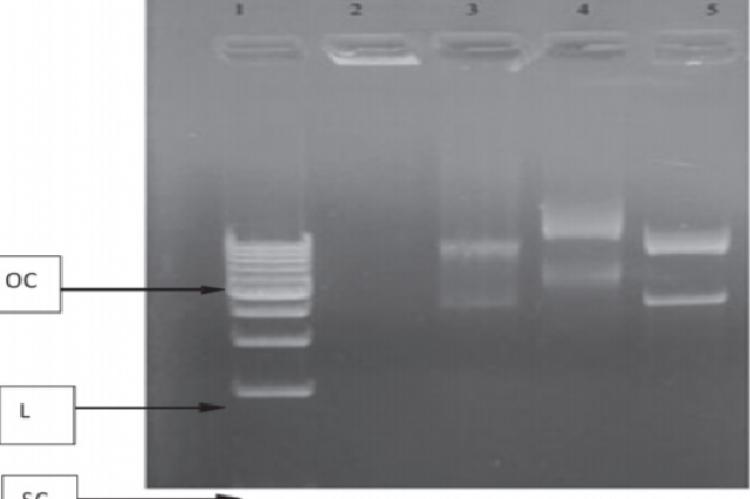The delineation of therapeutic potentials of various herbal plants has been investigated from the past several decades due to their excellent medicinal properties, low toxicity and economic viability.Various studies account that there is an inverse relationship between antioxidative status and occurrence of human diseases such as cancer, aging, neurodegenerative disease, and atherosclerosis. As plants produce significant amount of antioxidants to prevent the oxidative stress, they represent a potential source of new compounds with antioxidant activity. It will be more advantageous, if the edible plants possess such antioxidant activities, since they provide both the nutritional and therapeutic values. Therefore, in the present study, the antioxidant properties of methanolic leaf extracts of C. sativum, M. arvensis and L. aspera was evaluated through various antioxidant assays. The results suggest that all three leaf extracts exhibited excellent radical scavenging activity, when verified through hydrogen peroxide scavenging assay, where the percentage of inhibition at 500 µg/mL for methanolic leaf extract of C. sativum, M. arvensis and L. aspera was 95.05 ± 0.01 %, 82.45 ± 0.15% and 50.19 ± 0.53 % respectively. Similarly, the results of reducing power assay which is a significant reflection of the antioxidant activity displayed absorbance values of 0.4032 ± 0.15 for C. sativum, 0.4522 ± 0.16 for M. arvensis and 0.703 ± 0.17 for L. aspera at the concentration of 500µg/mL. The results of DNA nicking assay also suggests that the plant extracts mitigate the oxidative stress on biomolecules such as DNA. In addition to that, all the three extracts were found to possess high amount of polyphenols, which might be responsible for the above mentioned antioxidant potentials. Hence the results suggest that these edible plants possess excellent antioxidant activities and may hold promising protective potentials against oxidative stress mediated diseases.
View:
- PDF (820.07 KB)


